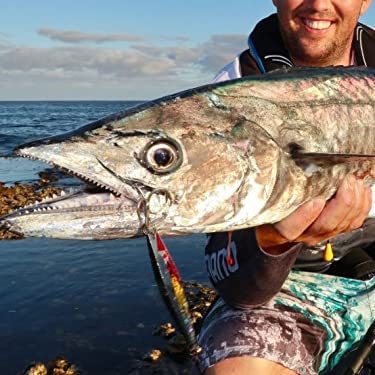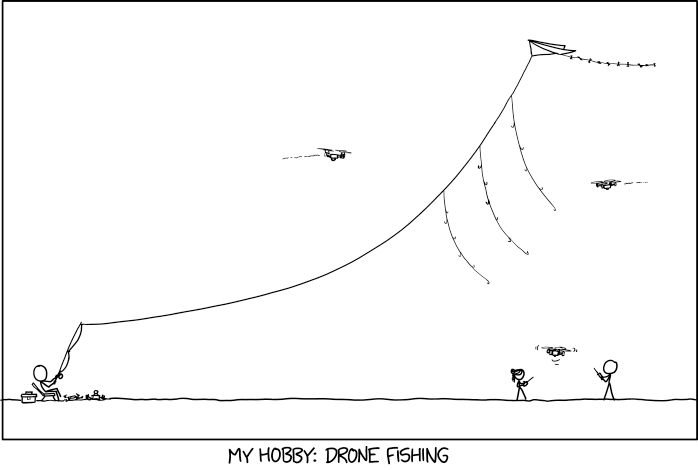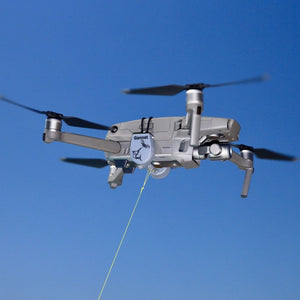
If you are thinking of using a drone to catch fish, it is worth learning more about the regulations. Here are some videos that will show you how to fly a drone and catch fish. If you are concerned about drone ethics, please read our article. We will discuss some ethical concerns regarding drone fishing. Also, don't miss our drone fishing gear guide.
Regulations for drone fishing
You might be curious about the regulations while you watch a drone fishing for tuna videos on YouTube. Although there are many reasons you should follow local laws in your area, safety is the main concern. In order to safeguard both you and your fish's lives, it is crucial to ensure that the right laws are followed. We'll be discussing the most important regulations in this article and how to ensure that you are following them. Also, don't forget about the International Game Fish Association Rules.
Drones cannot fly over public areas such as sporting events or stadiums. They are not allowed to carry weapons or operate within half a mile from sporting events. In addition, drone operators must have sight of their aerial equipment at all times. In addition, drones cannot fly over people, stadiums, or critical infrastructure, as well as be a distraction to emergency response vehicles. If you are unsure about the rules for fishing with a drone, consult an attorney.

Many states have passed laws that govern the use of drones. However, others have not yet adopted them. For example, Illinois has recently enacted SB 2167. The bill prohibits drones being used in state parks without permission. It also defines privacy rights and sets out the rules that drone operators must follow for both recreational and commercial purposes. It also bans drones interacting with wildlife and hunters. These new laws should be completed in the next few years.
Ethical concerns about drone fishing
Drone fishing is not without controversy, and the use of such technology is controversial. Companies sell underwater drones that can fish for fish. Many drones have video content that shows the fishing process. It is very similar to casting a line at a fish. The method of removing a fish from the water is a bit different. People who are concerned about the ethics of this type fishing may prefer to find entertainment elsewhere.
Although drones are a great way to fish, some argue that they could be cheating the fishermen. Fishing has not changed much over the centuries, but using drones to catch fish might change that and decrease the thrill of the chase. The use of drones can also pose a problem for conservation. These are the ethical considerations to consider before you use a drone to fish.

Drone fishing is not the best choice. It may damage the environment and overfish an endangered species. While some states may allow the use of drones in recreational fishing, many do not. Drone fishing comes with a few limitations. Low-end drones may not be equipped with the necessary GPS functionality, lifting capability, or control range. If the line gets tangled, drone fishing can result in fish being lost. Third, piloting can pose problems.
FAQ
You can fly a drone as high as you like without a license.
The FAA has no limits on the maximum height a drone can fly. However, they do require you to register your unmanned aircraft system (UAS), which includes the registration number, model name, weight, size, serial number, manufacturer's name, date manufactured, and other information.
Is it legal to fly a drone in the United States?
Flying drones is an offense in certain countries, including Australia, Canada, Germany and Japan. It is legal to fly drones in other countries like France.
Can I fly my drone around my neighborhood?
Yes! These are also known as UAVs (unmanned aerial vehicle). There are many types of drones on the market today, including small quadcopters and large fixed-wing aircraft. New rules have been issued by the FAA regarding commercial use of UAVs. This means that you can legally fly them for business purposes. Be aware that UAVs operating near airports could cause interference to air traffic control systems. You must get permission from the authorities before you can fly one.
Are you interested in flying with a drone while on the road?
Drones are becoming increasingly popular for both personal use and commercial purposes. They are used for photography, filming, aerial mapping, search & rescue, and other applications. New regulations were approved by the FAA, which includes requirements for registration, licensing pilot training and insurance. These changes will ensure that drones continue to be safe for all.
Where are Drones Banned?
The FAA prohibits drones from flying within close proximity to airports, stadiums and sporting events, as well as nuclear power plants, hospitals and prisons. They are allowed to fly at night by using GPS technology.
What are the rules of operation when using drones?
You need to register your drone with the FAA. The registration process requires you to provide information about your device, such as its weight, dimensions, battery capacity, operating frequency, and battery life. This registration process requires that you obtain an FAA identification code.
Statistics
- According to the multiple listing service (MLS), houses and apartments with drone photographs are up to 68 percent more likely to sell than those without pictures. (thedroneu.com)
- According to Indeed, a drone pilot gets paid $25.73 per hour on average in the US. (dronesgator.com)
- According to ZipRecruiter, the minimum hourly wage of drone pilots is $20. (thedroneu.com)
External Links
How To
How to Fly Drones With Beginners
A drone is an unmanned aerial vehicle that can be remotely controlled and used for surveillance, aerial photography, film production, research, and other hobby purposes. The technology behind drones has been around since World War II. However, commercial use began in 2010 when DJI released their Phantom series of quadcopters. Since then, there have been many different types of drones available, from beginner-friendly models like the Parrot AR Drone 2.0 to professional-grade multi-rotor craft like the DJI Mavic Pro.
There are many ways to fly a drone.
-
Remote control - This allows you to control the drone from your hand. There are two types of controllers available: joysticks and on/off switches.
-
Manual Control - Using a smartphone app, this method allows users to remotely operate the drone via GPS coordinates. You must keep track of the location where you want the drone to go and follow the instructions from the app.
-
Autonomous Flight: This means that the drone will take care of all the piloting. It is basically flying autonomously and without human intervention. It must have a builtin camera, sensors capable of taking images and data to enable autonomous flight.
-
Triggered Flight: This is similar in concept to manual control. The pilot manually creates a route and the drone then follows it until it reaches that endpoint. The drone automatically lands once the route has been completed and returns to the base.
-
Landing Gear: Some drones have landing gear that allows them safely to land in case they lose power or run low on battery.
-
Goggles - Some pilots wear goggles to protect themselves from debris while operating.
-
Camera - Certain drones come with cameras that allow you to take photos and videos from high above.
-
Obstacles-Some drones come with obstacle avoidance devices that keep them from hitting obstructions.
-
Speed - Some drones can reach speeds of over 40 mph.
-
Battery Life - Most drones can last between 20 minutes to 3 hours, depending on how much power you're using.
-
Range - Some drones can travel upto 30 miles depending on their models.
-
Power source – Some drones require external power sources, others require internal batteries.
-
Weight - Some drones can be as light as 1 pound while others can reach 4 pounds.
-
Size - Drones range from small devices that fit in one's palm to large crafts that weigh more than 50 pounds.
-
Price - All drones fall within a specific price range, from high-end models that can cost thousands of dollars to lower-cost options starting at $100.